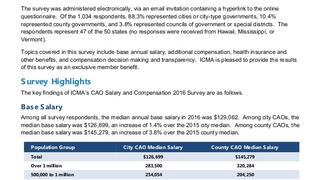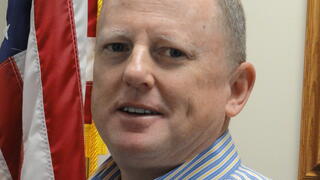
For his leadership and tireless efforts in addressing and raising awareness about veteran’s issues, Bruce Price exemplifies the definition of a Community Hero.

It’s not too often that the parking enforcer is considered one of the most helpful and friendliest of police officers.
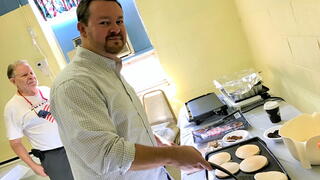
Recreation manager and youth advisor, Matt Reedy’s impact on the youth community in Oak Ridge, Tennessee, is undeniable.
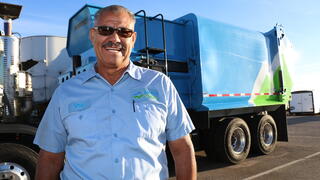
Refuse driver Chuy Estrada’s uncommon work ethic and positive attitude have made him a role model for his peers and a mentor in his department.

In this issue of Career Compass, Dr. Frank Benest provides valuable suggestions on gaining the confidence to land an executive management position.
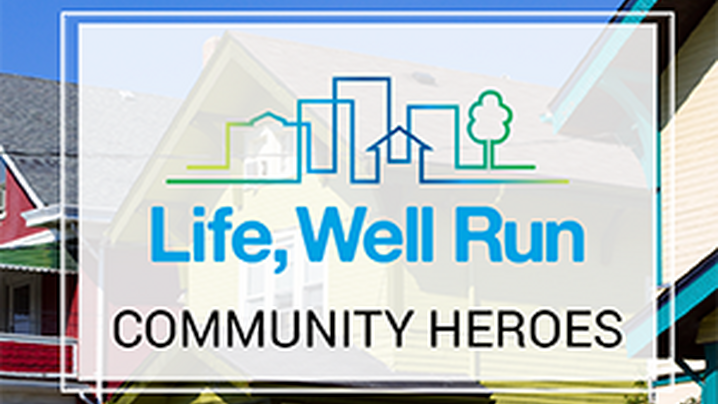
Life, Well Run is pleased to announce the 2017 Community Heroes who were nominated by their jurisdictions for modeling dedication to local government and serving residents. Life, Well Run received a wonderful response to the call for Community Hero nominations that began in November 2016 with the support of ICMA-RC. Managers sent in descriptions of their…
Teaneck, New Jersey<br />As the U.S. population ages, most communities will wrestle with a variety of issues related to elderly residents. Top of mind would be emergency services, transportation, engagement and activities, and appropriate housing. Teaneck, N.J. (pop.40,000), is getting ahead of the curve with a program called Age-Friendly Teaneck. The planning phase of the program began in…

